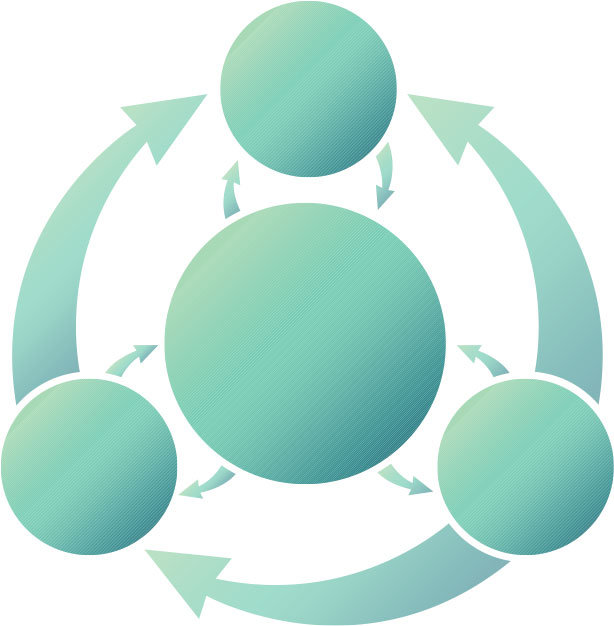Explore stories that highlight how science works
Get ideas for using Science Stories in class.
Found 45 stories:
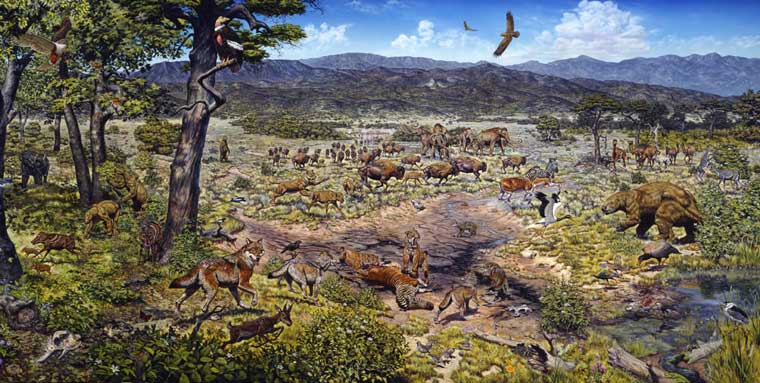
What is it about Los Angeles?
For paleontologist Anna Holden, answering one question about the climate of ancient Southern California led to more questions.
- The iterative process of science
- biology
- Earth science
Format: single page
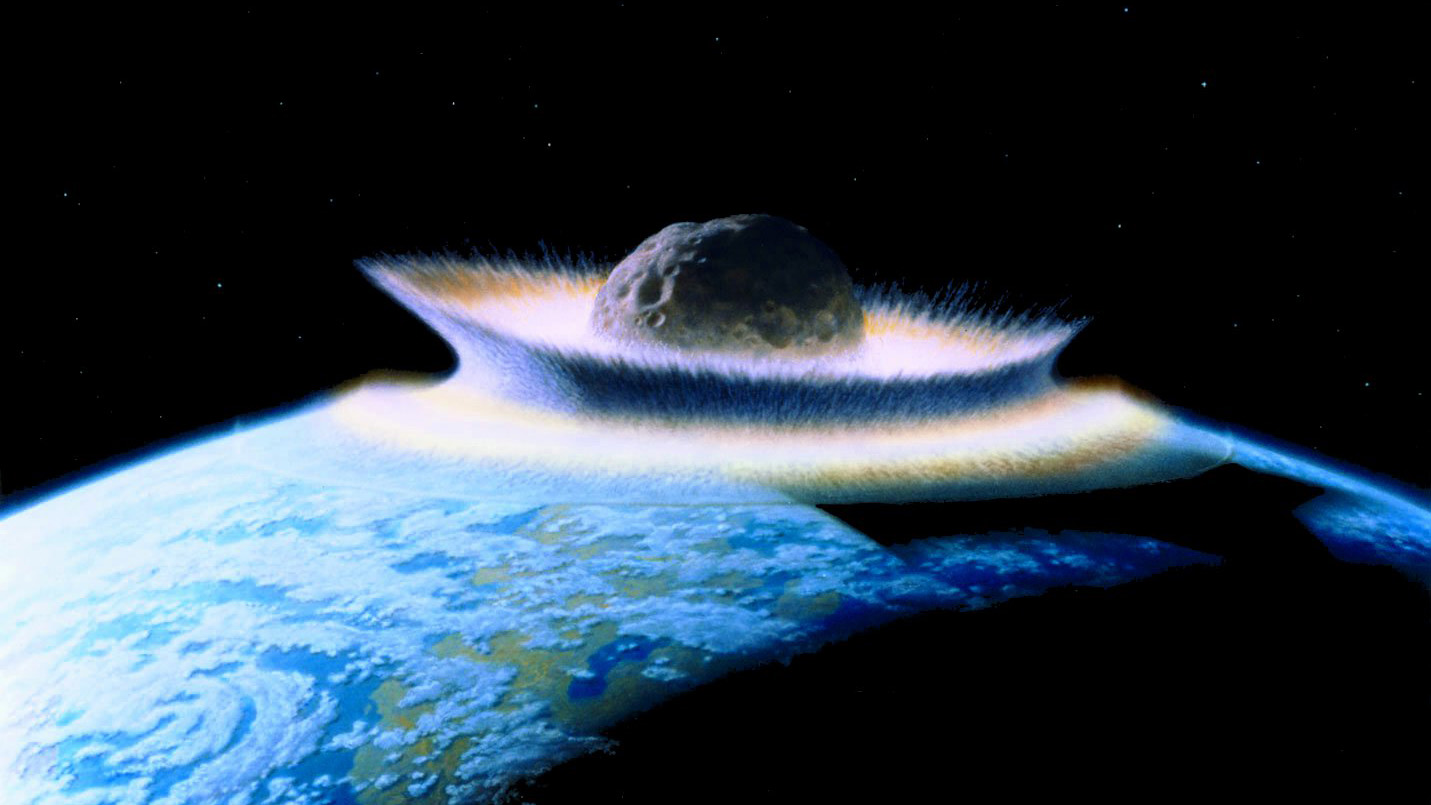
Asteroids and dinosaurs: Unexpected twists and an unfinished story
Learn more about how science works as you follow Walter Alvarez and team on a journey of discovery toward solving the mystery of the dinosaur extinction.
- Testing scientific ideas
- The iterative process of science
- astronomy
- biology
- Earth science
Format: multipage
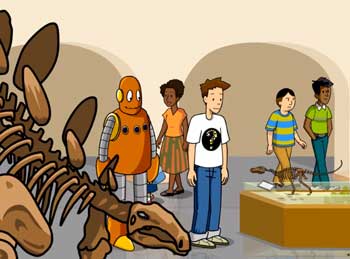
Scientific Process: The mysteries of life with Tim and Moby
Animated characters introduce the scientific journey that uncovered the cause of the dinosaur extinction in a 10-minute video.
- Testing scientific ideas
- The iterative process of science
- What is and is not science
- astronomy
- biology
- Earth science
Format: video
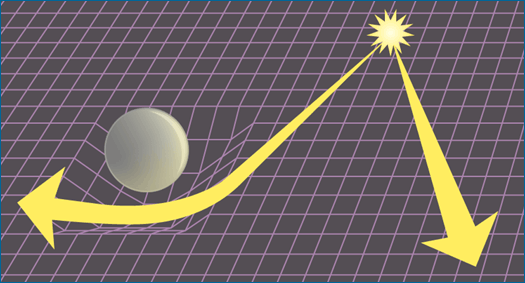
Illuminating relativity: Experimenting with the stars
Learn how science takes advantage of natural experiments in this short reader on the theory of relativity.
- Testing scientific ideas
- astronomy
- physics
Format: single page
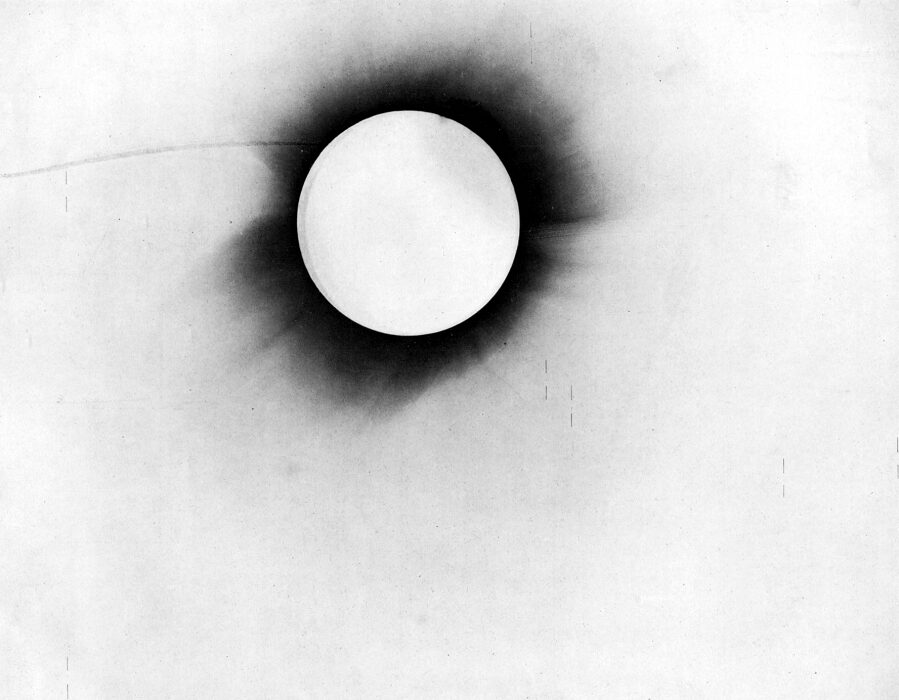
Fair tests in physics: Examining eclipses
Find out how physicists designed fair tests to study the theory of relativity.
- Testing scientific ideas
- astronomy
- physics
Format: single page
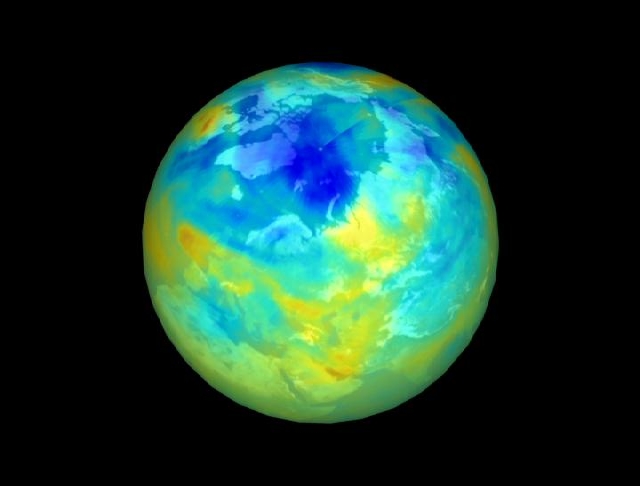
Ozone depletion: Uncovering the hidden hazard of hairspray
Follow a group of scientists as they work together to understand - and then help fix - a problem that threatens the future of the planet: a hole in the ozone layer.
- Benefits of science
- Testing scientific ideas
- The iterative process of science
- chemistry
- Earth science
Format: multipage

Astrology: Is it scientific?
Compare astrology to the key traits that make science science to see how it measures up.
- What is and is not science
- pseudoscience
Format: single page
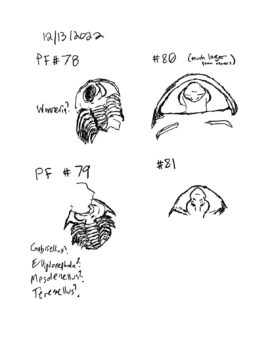
Piecing together fossil puzzles in a mysterious museum cabinet
Paleontology graduate students dig into long forgotten museum cabinets to capture the fossil data they contain.
- Testing scientific ideas
- biology
- Earth science
Format: single page
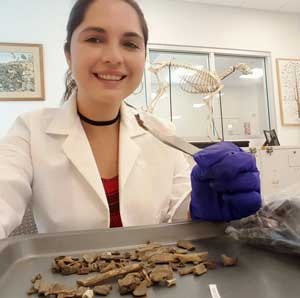
Ancient bones, modern problems: One scientist’s trash is another scientist’s data
Biologist Maria Viteri uses data she collected herself, as well as evidence collected by other scientists for other projects, to better understand how animals are affected by humans living near them.
- Testing scientific ideas
- The iterative process of science
- biology
Format: multipage
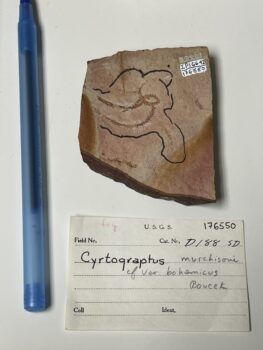
Bill Berry and the construction of geologic time
Learn how how index fossils help paleontologists test hypotheses about long past events that we cannot directly observe
- Testing scientific ideas
- Earth science
Format: single page
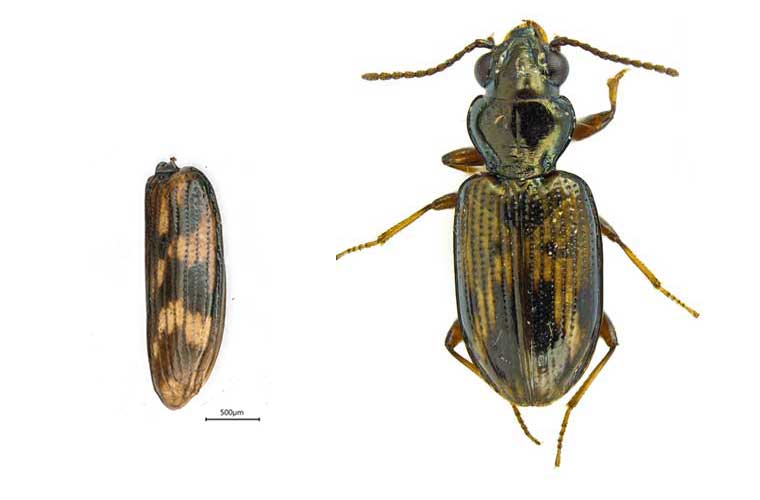
Questioning the party line on climate
Paleontologist Anna Holden explains how she reevaluated previous assumptions about the fossils and ancient climate of southern California.
- The iterative process of science
- biology
- Earth science
Format: single page
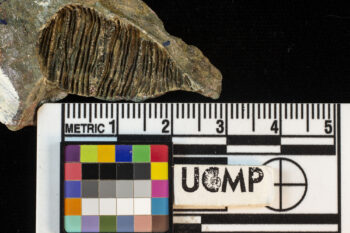
Discovering a strange new group of ancient sea creatures
Paleontologists discover a surprising branch of the tree of life through fossils.
- Testing scientific ideas
- The iterative process of science
- biology
- Earth science
Format: single page
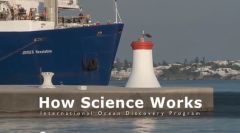
How science works
This 10-minute video uses the Understanding Science flowchart to describe how a team of scientists investigates climate change throughout Earth's history with ocean sediment cores.
- Benefits of science
- The iterative process of science
- Earth science
Format: video
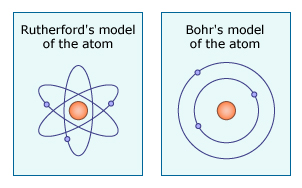
A science prototype: Rutherford and the atom
See how Ernest Rutherford's investigations of atomic structure measure up against key traits of the scientific enterprise.
- What is and is not science
- physics
Format: multipage
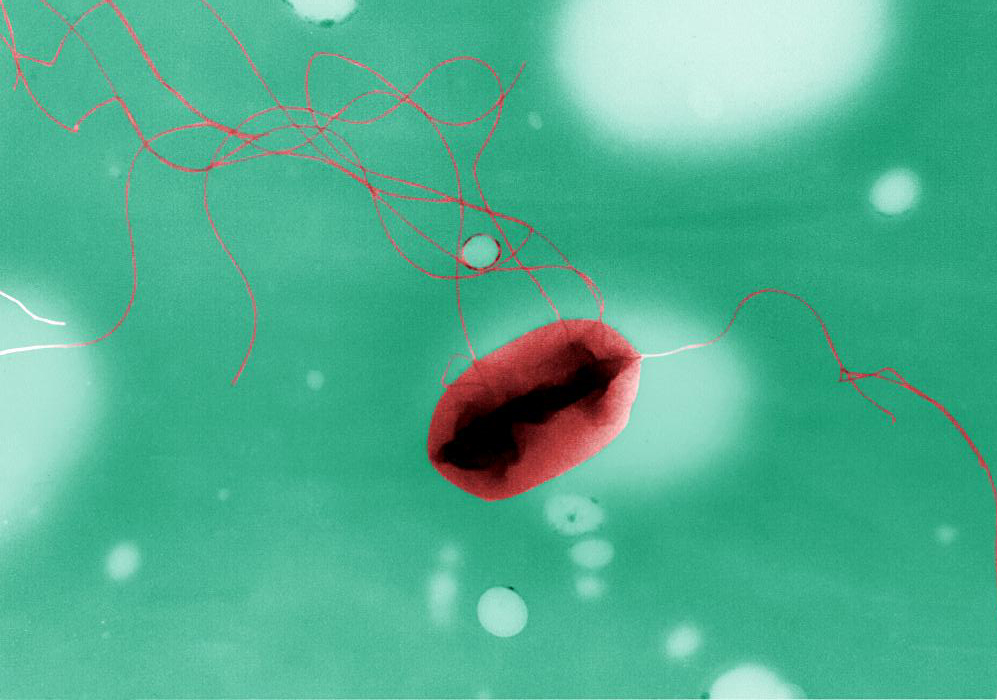
Intelligent Design: Is it scientific?
Compare Intelligent Design to the key traits that make science science to see how it measures up.
- What is and is not science
- pseudoscience
Format: single page
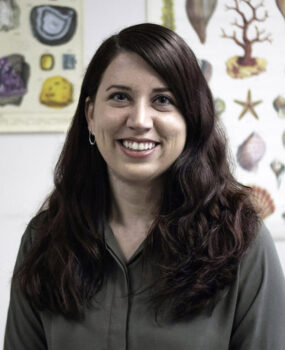
The importance of global museum communities and collections
Paleontologist Ashley Dineen discusses her path to science and her interactions with the global scientific community.
- biology
- Earth science
Format: single page
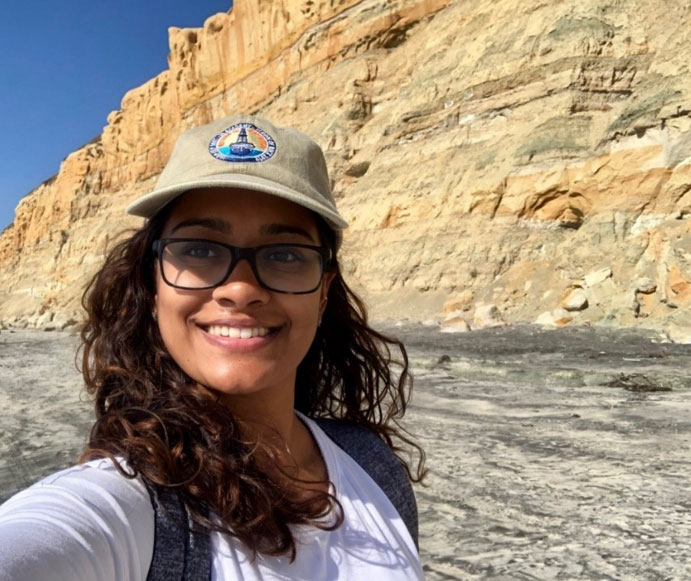
From Caribbean girl to California geologist
Sedimentologist Liselle Persad explains how growing up in the Caribbean shaped her science.
- Science as a human endeavor
- Earth science
Format: single page
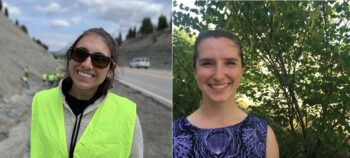
Scientists, collaborators, and friends dig into the fossil record
Paleontologists Madeline Ess and Roxanne Banker describe their paths into science and their current collaboration.
- Science as a human endeavor
- biology
- Earth science
Format: single page
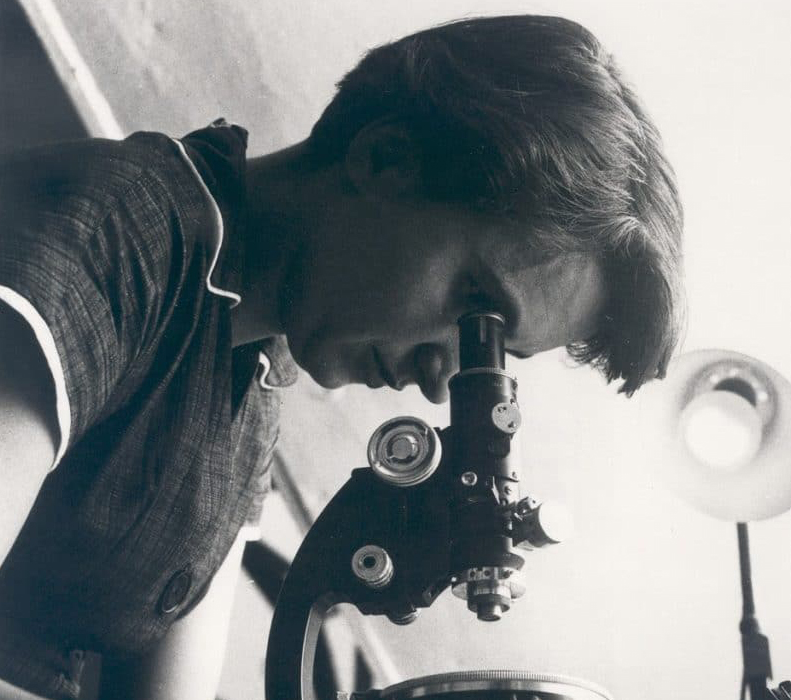
The structure of DNA: Cooperation and competition
Follow the intertwined paths of Rosalind Franklin, James Watson, Francis Crick, and others that contributed ideas and evidence to the discovery of DNA's double helix.
- Testing scientific ideas
- biology
Format: multipage
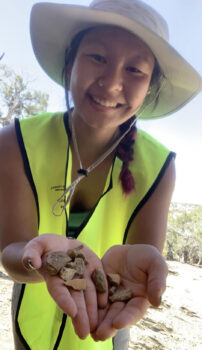
Finding community among fossils
Paleontologist Kayli Stowe describes her path to science.
- biology
Format: single page
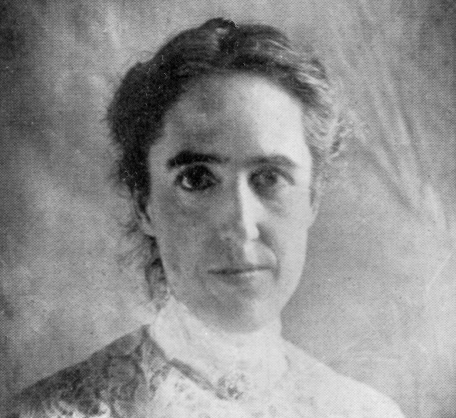
The science checklist applied: Studying variable stars
Explore the traits of astronomer Henrietta Leavitt's studies of variable stars that make it part of science.
- What is and is not science
- astronomy
Format: single page
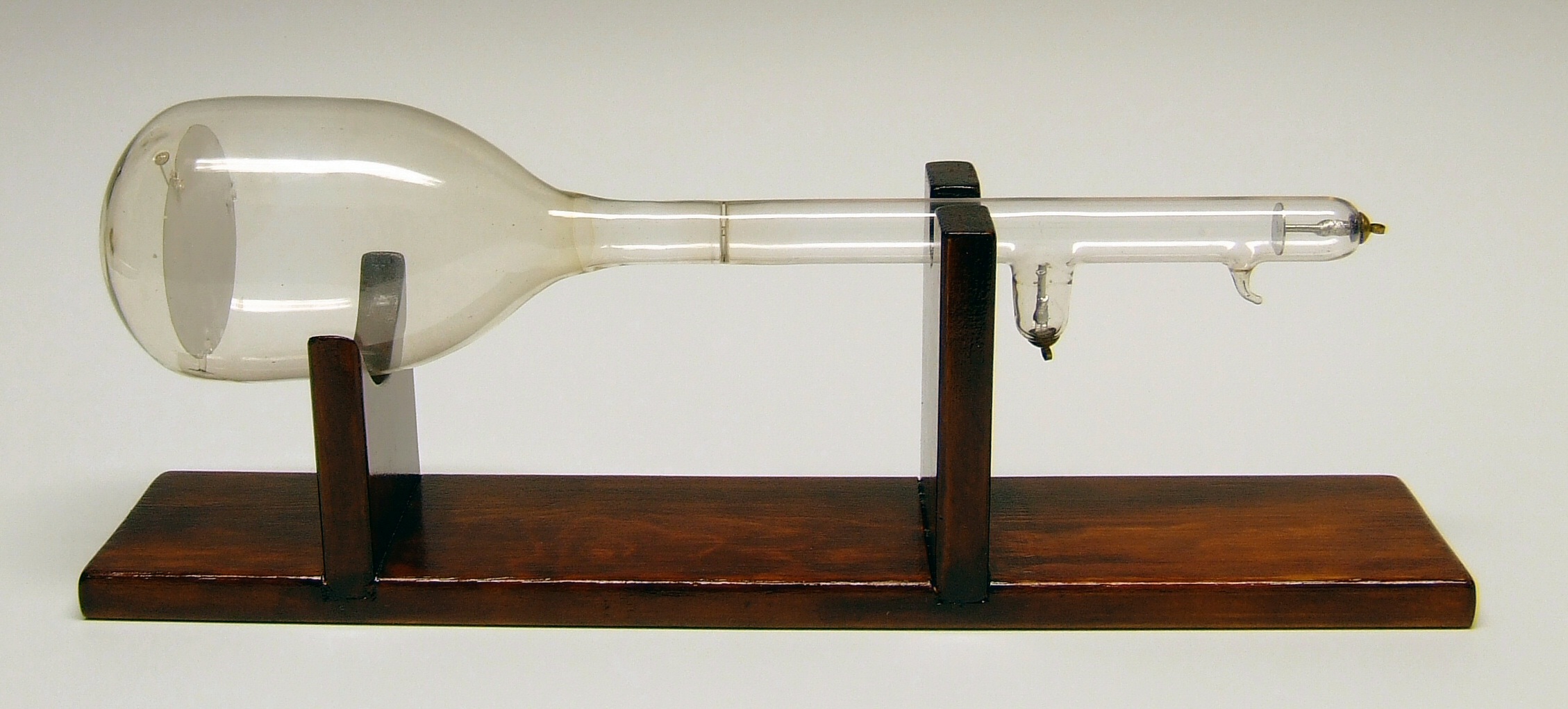
Science and technology on fast forward
See how how technological and scientific advances propel one another forward through an example that connects the cathode ray tube to modern DNA technologies.
- Benefits of science
- The iterative process of science
- biology
- physics
Format: single page
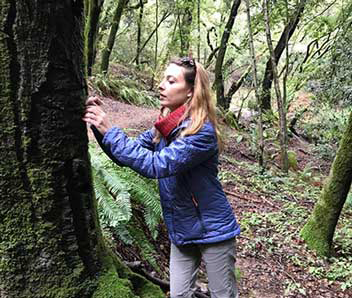
From city girl to naturalist
Paleontologist Anna Holden explains how her background shaped her interest in fossil insects.
- Science as a human endeavor
- biology
Format: single page

A pointed question: Can science study acupuncture?
Explore this case study to see how scientists can (and can't!) investigate acupuncture and how this all relates to the nature of science.
- What is and is not science
- biology
- pseudoscience
Format: single page
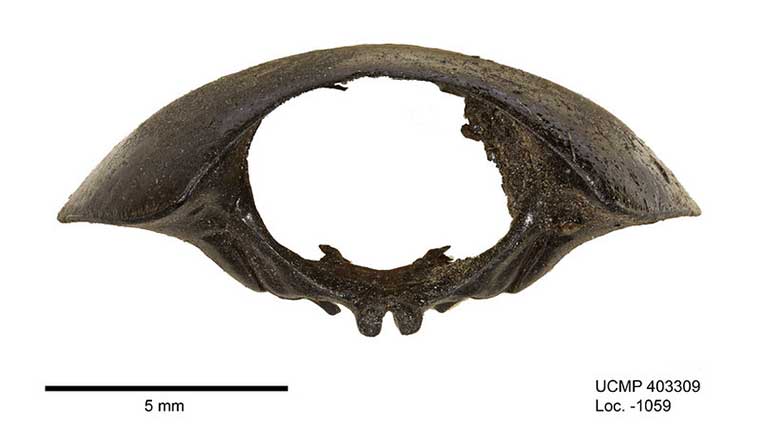
Fossil insects take to social media
Paleontologist Anna Holden explains how she uses social media to collaborate with scientists around the world on her fossil insect research.
- biology
Format: single page
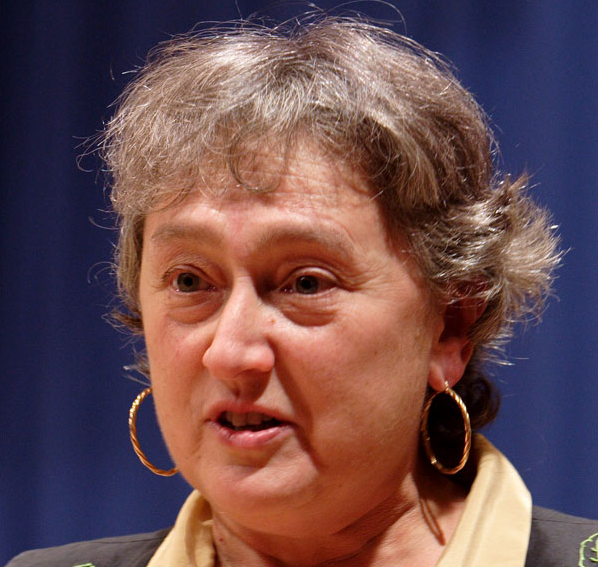
Endosymbiosis: Cells within cells
Find out how microbiologist Lynn Margulis developed an unlikely idea that overcame strong resistance within the scientific community to become an accepted part of evolutionary theory.
- Testing scientific ideas
- biology
Format: multipage
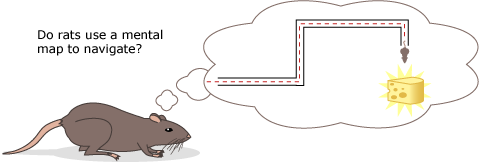
Beyond the prototype: Animal psychology
Learn about an investigation of animal navigation to see what makes it scientific.
- What is and is not science
- biology
- psychology
Format: single page
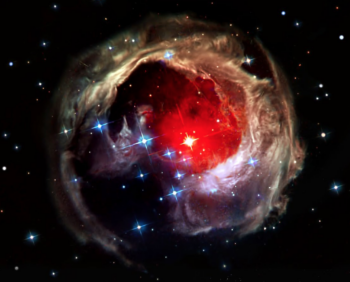
Luminous
Astronomer Larry Molnar investigates a distant, double-star system and makes a daring and explosive prediction.
- Science as a human endeavor
- Testing scientific ideas
- The iterative process of science
- astronomy
Format: video

As parsimonious as the evidence allows: Different ways of seeing color
Learn about the principle of parsimony through investigations of animal vision.
- Testing scientific ideas
- biology
Format: single page
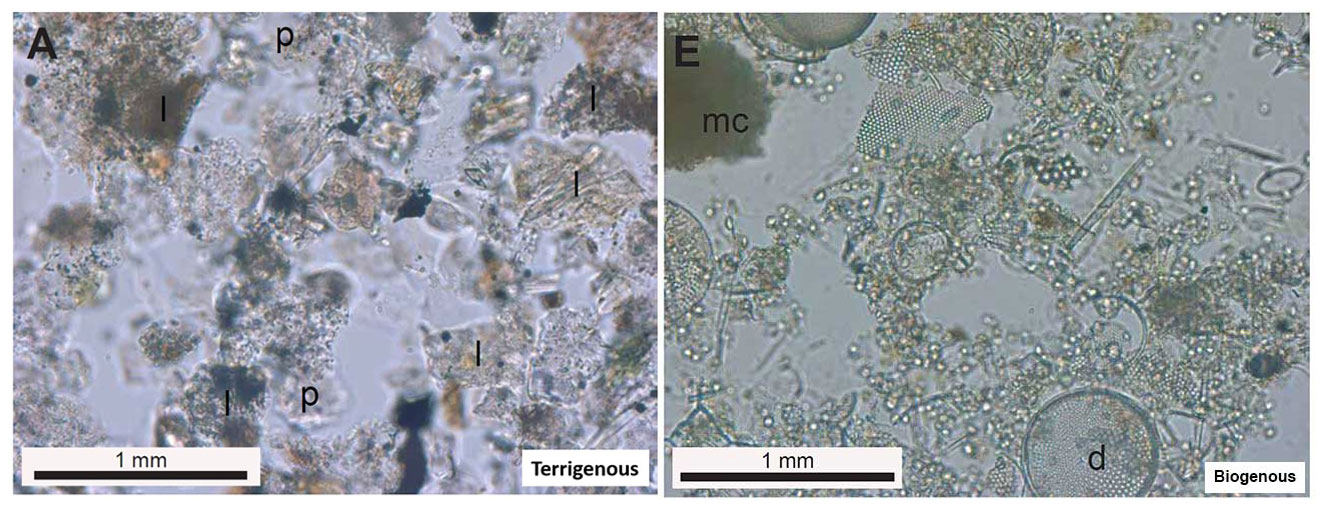
Sand is more than meets the eye
Sedimentologist Liselle Persad explains how she uses observational tools.
- Testing scientific ideas
- Earth science
Format: single page
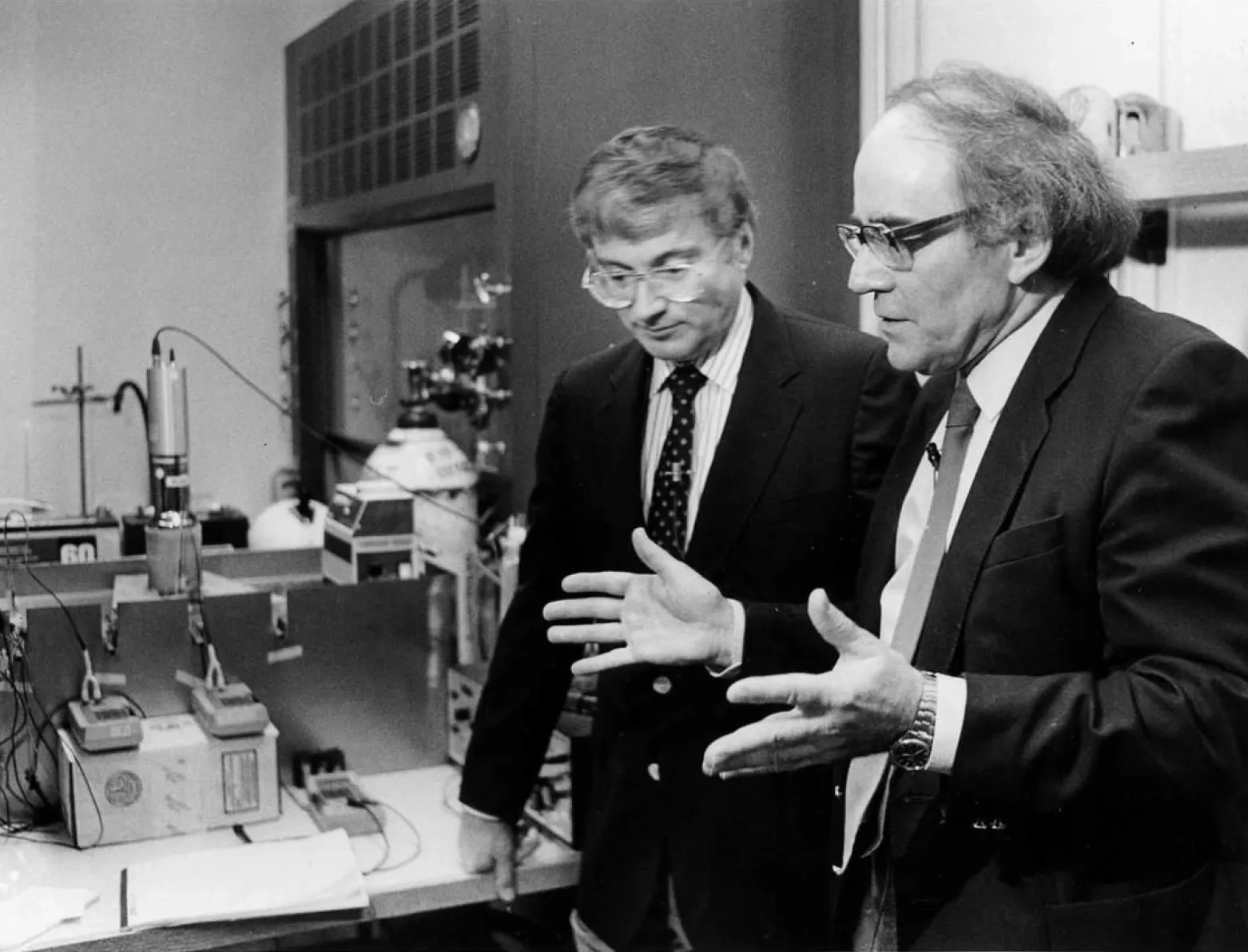
Cold fusion: A case study for scientific behavior
Find out how the scientific community discovers and deals with fraud and bad scientific behavior in the story of Stanley Pons and Martin Fleischmann's "discovery" of cold fusion.
- chemistry
- physics
Format: multipage
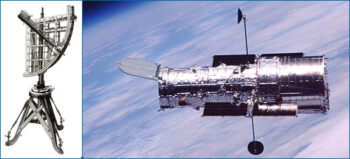
Bundle up your hypotheses
Learn how science tests hypotheses and assumptions in different combinations, using an example from the history of astronomy.
- Testing scientific ideas
- astronomy
Format: single page
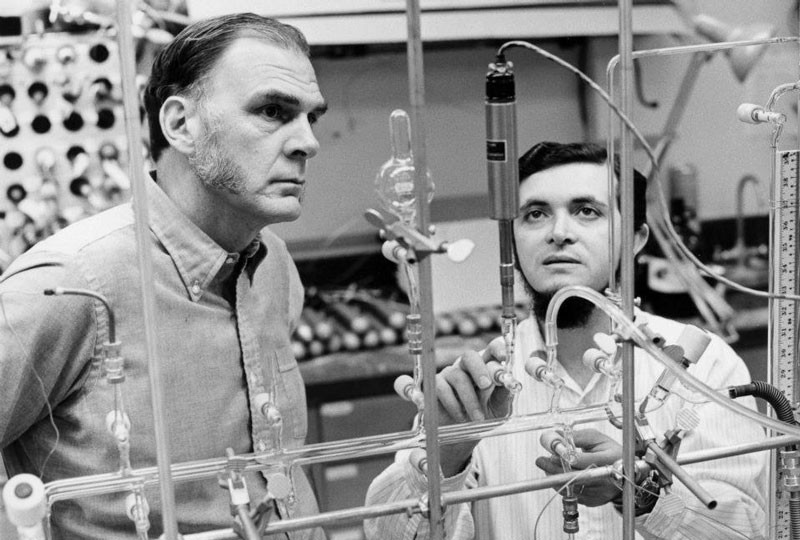
The science checklist applied: CFCs and the destruction of the ozone layer
Learn about the investigation of the hole in the ozone layer to see what makes it scientific.
- What is and is not science
- chemistry
- Earth science
Format: single page
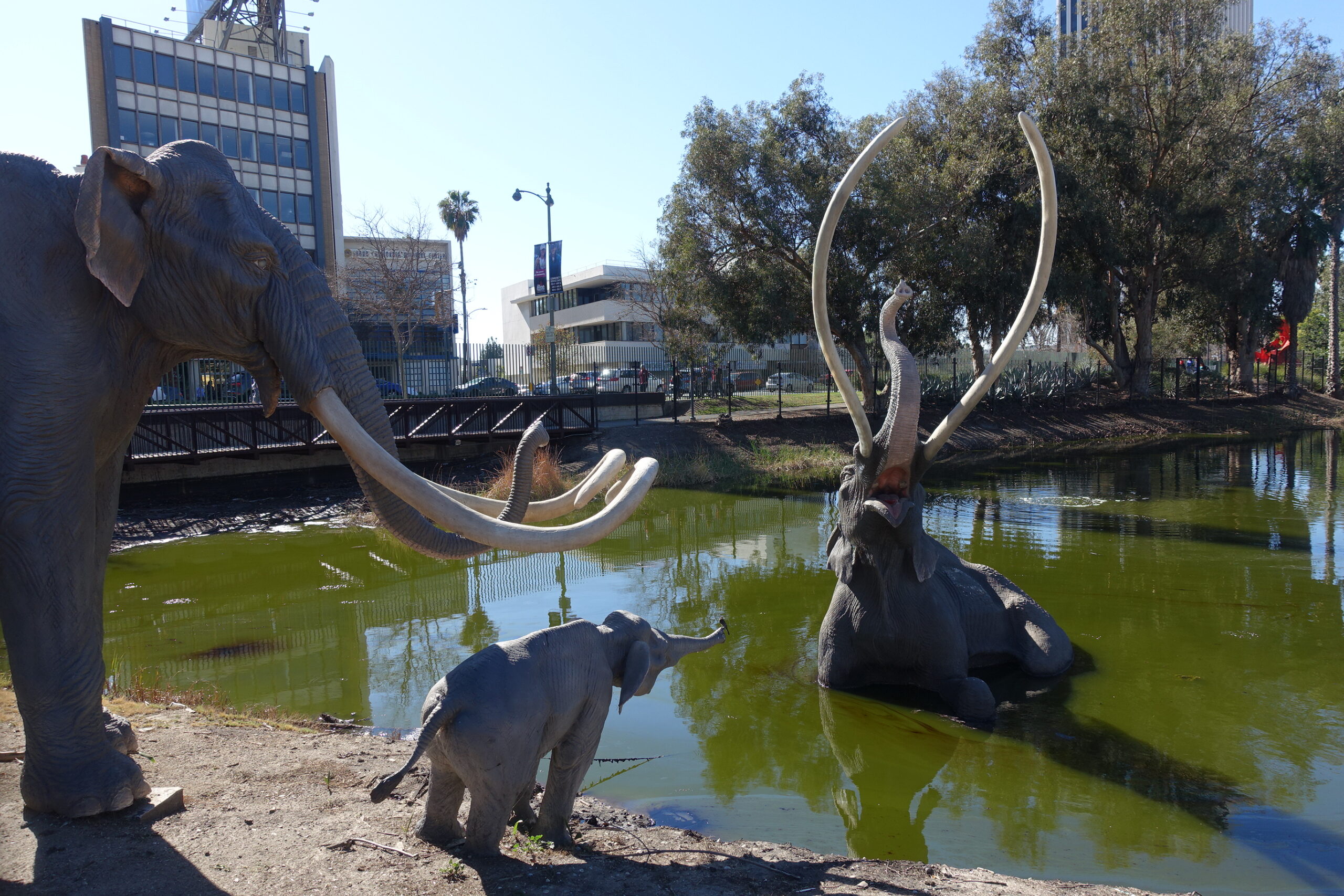
50,000 years of Los Angeles summers?
Paleontologist Anna Holden explains how evidence from fossil insects led her to question previous ideas about the climate of southern California.
- The iterative process of science
- biology
- Earth science
Format: single page
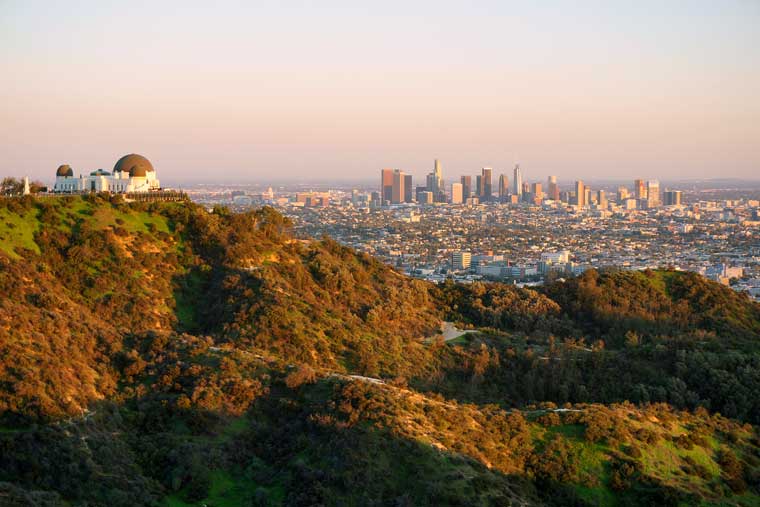
Predicting insects’ response to climate change
Paleontologist Anna Holden explains how her research on fossil insects relates to conservation and climate change.
- Benefits of science
- biology
- Earth science
Format: single page
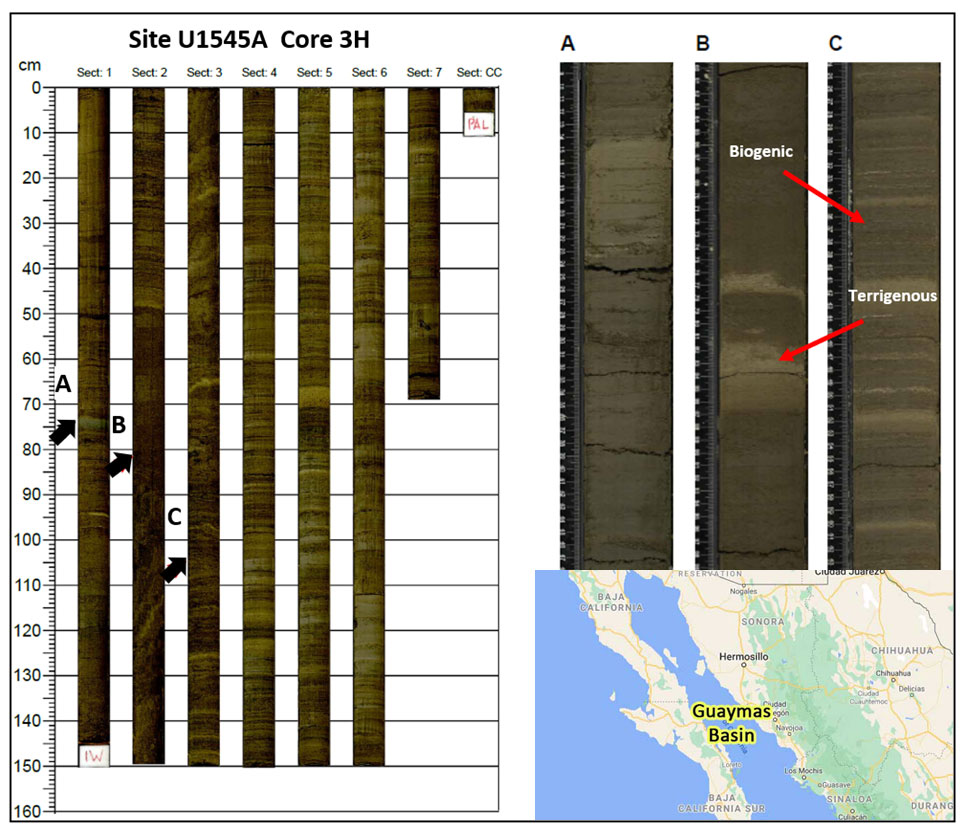
Questions built on sand
Sedimentologist Liselle Persad explains how she asks and investigates questions about sand on the seafloor.
- The iterative process of science
- Earth science
Format: single page

ESP: What can science say?
Explore this case study to see how scientists have investigated ESP and what they've found.
- What is and is not science
- pseudoscience
- psychology
Format: single page

Fair tests: A do-it-yourself guide
Learn about test design in science using an example from everyday life: comparing chocolate chip cookie recipes.
- Testing scientific ideas
- Thinking scientifically every day
Format: single page
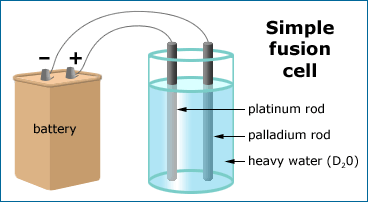
The science checklist applied: Cold fusion
Explore an investigation of cold fusion to learn what traits of good science it has - and lacks!
- What is and is not science
- chemistry
- physics
Format: single page
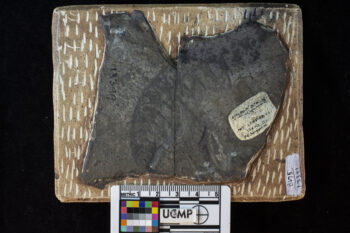
This is not the shrimp you’re looking for
Paleontologists literally piece together fossils to gain a better picture of a fierce predator in the Cambrian seas.
- The iterative process of science
- biology
- Earth science
Format: single page
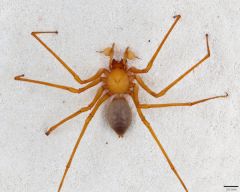
How science works
This 5-minute video follows biologists through the Understanding Science flowchart as they investigate an unfamiliar species of spider.
- The iterative process of science
- Thinking scientifically every day
- biology
Format: video

Fair tests in the field of medicine: Aiding Alzheimer patients
Learn about experimental design in the field of medicine.
- Testing scientific ideas
- biology
Format: single page
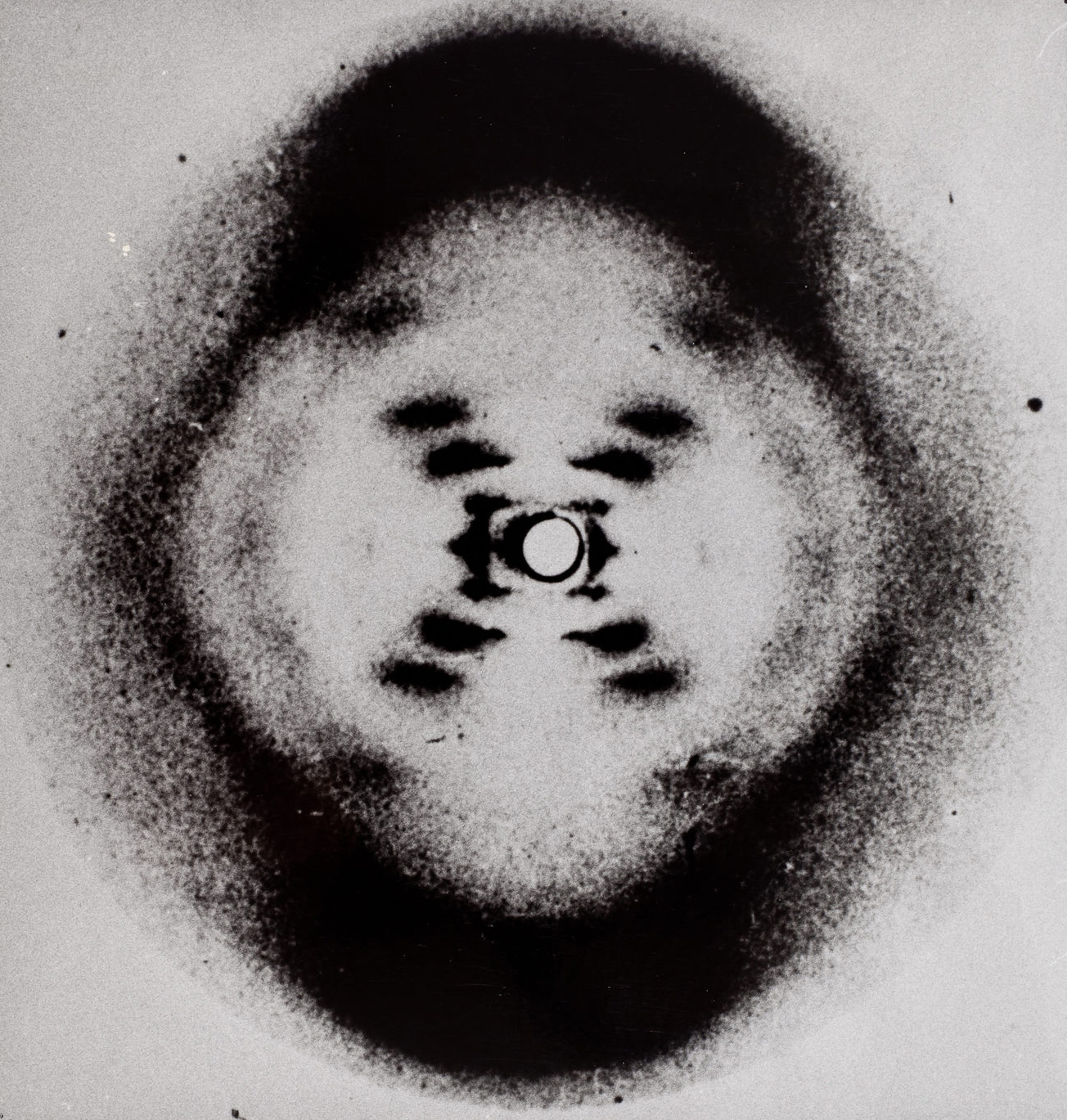
The science checklist applied: Solving DNA’s double helix
Learn about the investigation of DNA's double helix to see what makes it scientific.
- What is and is not science
- biology
- chemistry
Format: single page
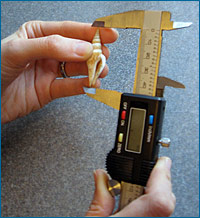
Fair tests in the fossil record: Avoiding extinction
Find out how paleontologists design fair tests to study hypotheses about ancient extinction events.
- Testing scientific ideas
- biology
Format: single page
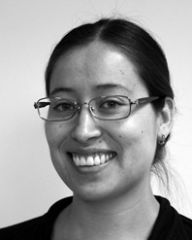
High altitude adaptations: The work of Emilia Huerta-Sánchez
Learn about modeling in this advanced research profile on evolutionary genetics.
- Science as a human endeavor
- Testing scientific ideas
- biology
Format: multipage
